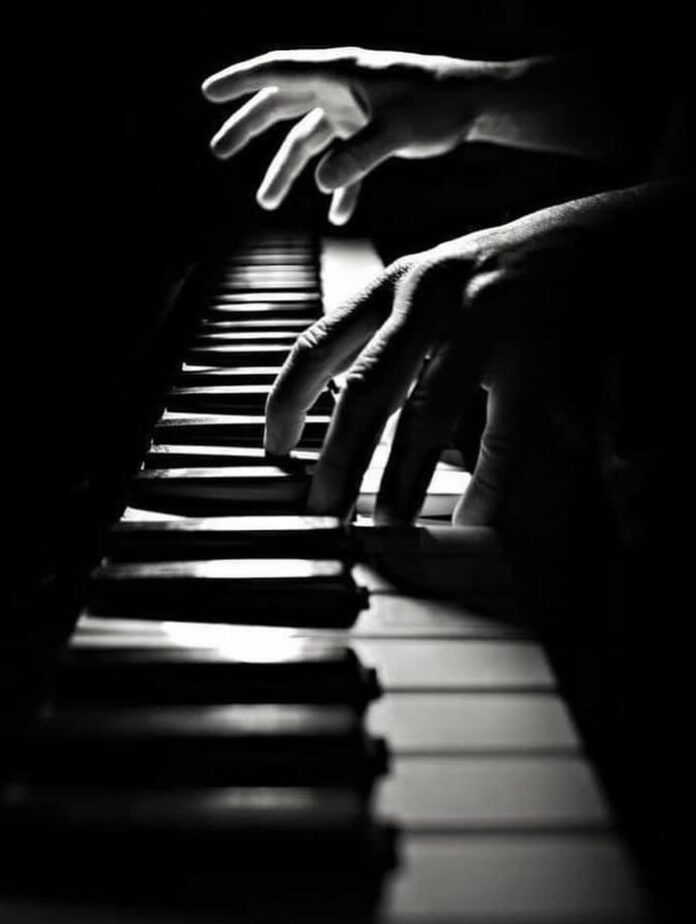Rethinking the Role of Physical Skills in Music Practice

Many students chase “technique” as if it were a separate discipline — something to be trained in isolation and then later applied to music. Scales, arpeggios, finger drills: all with the goal of making our fingers faster, stronger, more agile. But is that really what developing technique is about?
At its core, technique is the set of physical movements that make musical intent possible. It is not an end in itself, but a medium — a bridge between imagination and the music itself.
Technique Begins with Intent
Before we speak about how to act, we must ask why we act. A crescendo must rise for a reason; a phrase must breathe because its shape demands it. Practising technical exercises without any connection to musical purpose can easily become mechanical — and ultimately, less effective.
Instead, let’s consider this: every technical choice should emerge from a musical need. When we practise, we should try focusing on the sound we want before we think about how to produce it. The hands will follow what the ear and mind desire — if they’re trained to listen.
Isolated Exercises vs Contextual Practice
So when do technical exercises actually help? The answer depends on how they relate to the context they come from.
Let’s imagine a difficult passage in a piece. Isolating it — slowing it down, repeating it, altering the rhythm — can be valuable. But that passage only exists within a musical whole. If we isolate it too completely, we risk disconnecting the technical work from the expressive function it serves.
Isolation is useful when it’s a step on the way back to integration. Contextual awareness should never disappear, even in the smallest fragment of practice.
Choosing the Right Piece — and the Right Challenge
There’s a subtle line when choosing repertoire: how much of a piece can be beyond your current technical ability before it becomes unproductive?
If one passage is slightly out of reach, it can become a worthwhile technical challenge. If half the piece must be dissected and simplified just to get through it, the effort might be better spent elsewhere. This isn’t about limiting ambition — it’s about aligning challenge with readiness.
Growth comes from working just near the boundaries of our comfort zone. From there, we can gently expand those boundaries — taking care not to go beyond our comprehension.
What Are We Really Practising?
To play music well, we need more than agile fingers. We need:
- Musicianship: The ability to hear, imagine, and shape sound.
- A physical relationship with the instrument: Ease, efficiency, and alignment.
- Mental structure: The capacity to understand form, harmony, and phrasing.
- Focus and resilience: The ability to stay engaged, even in repetition.
- Discipline and curiosity: A willingness to return, daily, to the craft.
When we practise only physical movement, we risk neglecting the rest. When we practise with intention, we build all of these layers together.
Planning the Practice Session
A well-structured practice session doesn’t just “fill time” — it builds skill.
Each session might include:
- A short warm-up with clear intention (not just going through the motions)
- Work on musical material — broken into small, meaningful sections
- Technical attention always tied to expressive goals
- Moments of reflection and problem-solving
- A closing routine to reinforce progress and maintain motivation
Consistency in this structure leads to far greater gains than random effort.
Final Reflection
In the end, technique is not about what the hands can do — it’s about what the musician wants to say. The more clearly we perceive and define our musical goals, the more effectively our technique will evolve to serve them.
A productive practice session is not measured by hours, but by intention and awareness. Every moment spent aligning physical movement with musical expression is a step forward — toward fluency, confidence, and artistry.
Just as important, though, is the recognition that motivation and focus don’t appear simply because we wish them into existence. They emerge from an all-rounded engagement with the many aspects of musicianship. When we nurture:
- a balanced and physiological relationship with the instrument
- growing artistic sensitivity
- cultural depth
- and the ability to frame each practice task within its expressive and structural context
…we create the internal conditions for sustained focus and meaningful growth. Paying attention is not just a skill — it’s the result of how we learn to see music at every level: from atomic detail to global form.
All of the aspects mentioned here — technique, musicianship, planning, discipline, focus — only begin to scratch the surface. Each one can (and should) be revisited in future reflections, with greater depth and specificity. This article is a starting point — an invitation to reflect, not a conclusion.
What helps you feel grounded and focused in your own practice?
Are there other areas you’d like to see explored in this space?
I’d love to hear your thoughts in the comments — or suggestions for future articles. This space is a conversation, and your voice is most welcome.